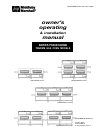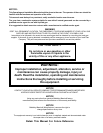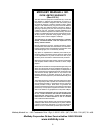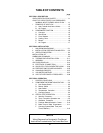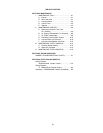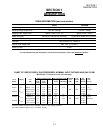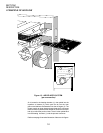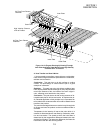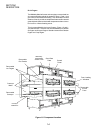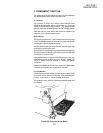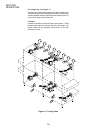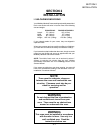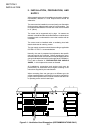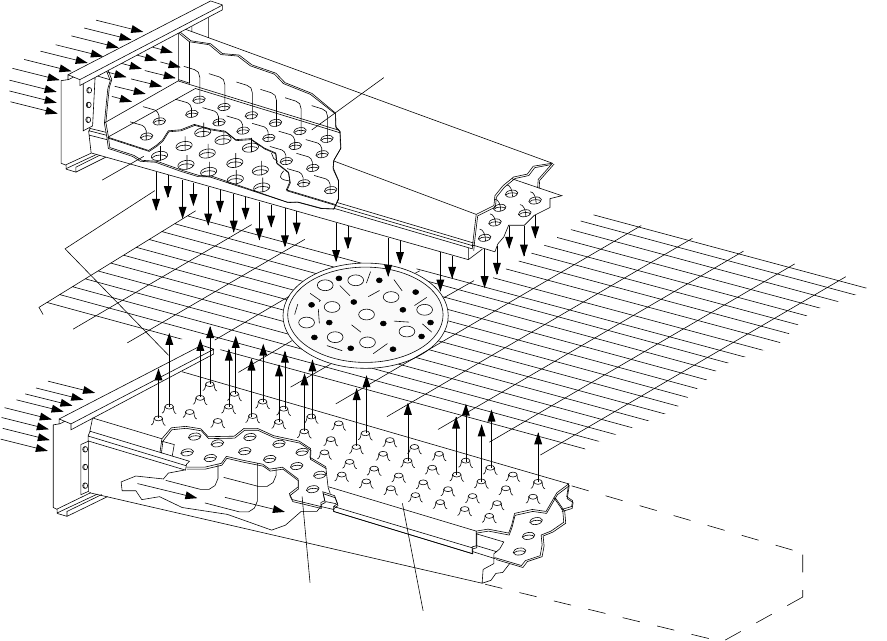
1-3
SECTION 1
DESCRIPTION
Figure 1-4. Air Fingers Showing Air Passing Through
Inner Plate And Outer Plate Which Forms High Velocity
Columns Of Air To Product.
Inner Plate
Outer Plate
Inner Plate
Air Flow From Plenum
Chamber
Air Flow From Plenum
Chamber
High Velocity Columns
of Air to Product
Outer Plate
A. Heat Transfer and How It Works
1. Heat constantly moves from a warm object to a cold object.
Heat moves using three different paths which are conduction,
radiation and convection.
Conduction: This path has to do with surface to surface
contact. The pizza dough in contact with the pan is a good
example of conduction.
Radiation: This path has to do with objects radiating heat.
Dark objects absorb heat whereas light or shiny objects reflect
more heat. Because of this, the inside of the oven is light in
color, reflecting more heat back to the product.
Convection: This path has to do with moving amounts of air.
It explains why hot air will rise and cooler air replaces hot air.
An industrial application of this principle is to incorporate a fan
to force the hot air movement which in turn will increase the heat
transfer to the product.
The oven has two large blowers to move the hot air through the
air fingers and onto the product so the most efficient bake is
achieved.
Temperature is the intensity of heat at the point which it is
sensed. As discussed above, heat flows by conduction, radia-
tion and convection. The speed at which the heat flows is
determined by the temperature difference between the oven
and the food product. The larger the difference, the faster the
heat flows to the item that is being baked.



